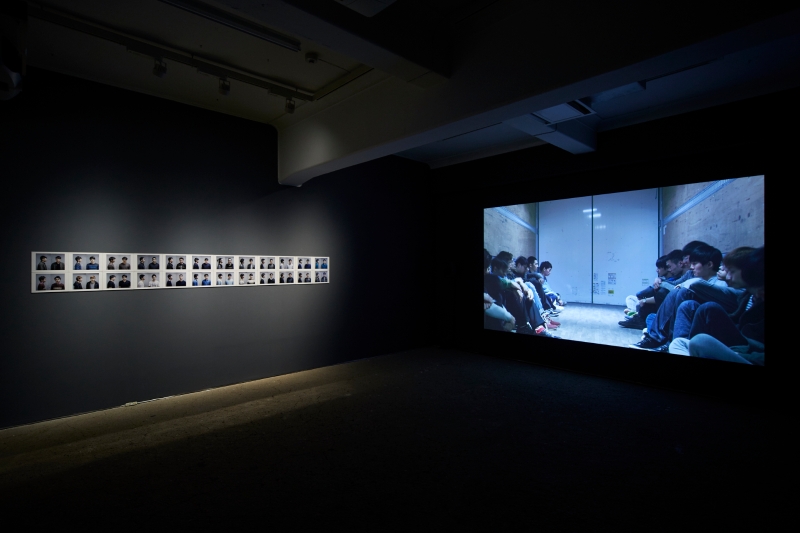旗幟、越境者與法外之地 Flags, Transnational-Migrants and Outlaw Territories 東京Tokyo Wonder Site 展覽
柯念璞
本次「旗幟、越境者與法外之地Flags,Transnational Migrants and Outlaw Territories」展覽計劃獲日本東京Tokyo Wonder Site之邀請參與兩年為一期的展覽項目「OPEN SITE」,於2016年項目之中所進行的展覽策劃。而藉由近年對於亞洲區域的都市空間及歷史事件之研究,本展覽聚焦於1946年所發生於東京澀谷地區的,在日台灣人與日本警方的衝突事件—「澀谷事件」。展覽試圖回應戰後地理版圖變更下個人複雜與曖昧的身分及認同。
「澀谷事件」為發生在1946年的東京澀谷,由在日台灣人與警方所引發的武裝衝突事件,此事件在台灣、中國、日本與美國的國家權力關係中牽涉複雜的身份及國籍議題,引起國際關注、抗議及產生多種論述。它映射出的是戰後城市重建工程下,貧困、空間爭奪及無政府狀態,若城市作為—個現實政治空間,使此事件同時也標示戰後殖民地或是帝國的內外都在進行空間的重塑與界限的重新劃分,這群越境者被迫拋入一個既斷裂又跨越的歷史,以及沒有身份國籍及法律保障的赤裸生命狀態,放回到整個台灣史的脈絡來看,也是台灣人身分認同建構的起點,也是造成日後台灣身分認同的曖昧性與矛盾性的源頭。
當個人情感及身份認同如何在國家及地緣空間角力之下的變動,這群越境者的漂流勾勒出另類的流亡地圖,藉由國家與疆界變容,影響越境者的移動地圖與路徑,影響移動主體的身份想像及認同情感,這種地理與身體相互交織的想像構圖,在歷史時間中不斷流轉複製體系中核心與邊緣的權力關係。空間的移動與轉換當中,在往與返、同與異、凝視與他者、他鄉與故鄉之間重層的辯證關係,他們如何通過界線的通過與進出來形成自我身分。
展覽以「澀谷事件」作為回返戰後歷史的特異點,重新直視在國家權力及地理疆界變更下個人生命所面對的赤裸狀態。試圖從另外一種書寫時間的策略,將以沈默的過去發出聲響,並非以歷史研究,而是以一種逆反的方式出現,讓遙遠他處的聲音在檔案、文本及歷史紀錄的縫隙中發聲。以來自台灣、日本、韓國及馬來西亞四位藝術家的視野,藉由戰後記憶及共後殖民經驗的移動的地理空間語境變化的梳理,以相異地域交流及與日本在地居民之合作方式,重新回返其歷史,以及試圖從移動來質問場所、故鄉之意義。當藝術家面對殖民地的空間語境與經驗作為視線的參照框架,進行不同空間的越境與穿越,藉由外於社會時間或歷史時間的隙縫之間,進行時間重新擬造的實踐工作,此空間語境也鑲嵌了在他們所處時代的權利和知識的關係,以及特定時期內的情感結構,透過多重視點的位置,將歷史事件從過去中截取、解放、救濟,賦予其直接與當代對話的意義。
The Shibuya Incident took place in 1946 in Shibuya, Tokyo, was a violent confrontation between Taiwanese in Japan and police, this incident touched upon complicated identity and nationality issues at the jurisdiction between Taiwan, China, Japan and America, it has not only caught attention and aroused protest at the international level, but generated different discussions at the same time. It mapped out the poor, contention for space and anarchy situations under the postwar urban redevelopment projects, if urban as an actual political sphere, this incident at the same time marked the reconstruction of space and repartition of boundaries regardless of a postwar-colony or an empire, these migrants were forced into fractured and overstepped history, a bare life with no citizenship nor legal protection, if to review this under the Taiwan History, it is where the construction of Taiwanese identity first started and lead to the ambiguity as well as contcadiction of Taiwanese identity later.This project takes the Shibuya Incident as a unique point to go back to the postwar history, relook into the naked condition of human under changing state power and geographical border. It tries to rewrite time from an alternative strategy, let the unsung utters, not into historical studies but the emerge of an antagonistic way, allowing voices from the faraway to be heard in the slit of archives, texts and historical documentations. From the perspective of four artists from Taiwan, Japan, Korea and Malaysia, by carding the changing context of geographic spatial from postwar memory and postcolonial experience, revisiting its history with the attempt to question the meaning of human condition, people and place as well as homeland.

柯念璞策劃「旗幟、越境者與法外之地」(Flags, Transnational Migrants and Outlaw Territories)展覽受邀於日本東京Tokyo Wonder Site主辦「OPEN SITE」展出,作品展示
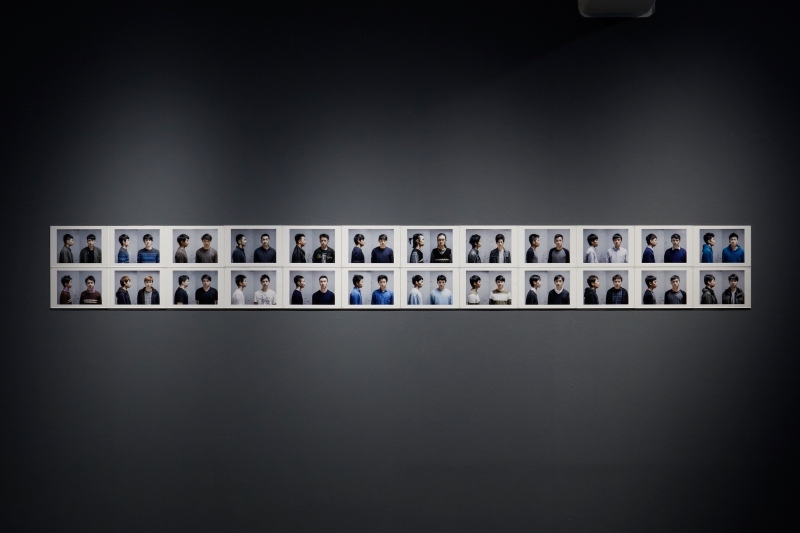
柯念璞策劃「旗幟、越境者與法外之地」(Flags, Transnational Migrants and Outlaw Territories)展覽受邀於日本東京Tokyo Wonder Site主辦「OPEN SITE」展出,作品展示
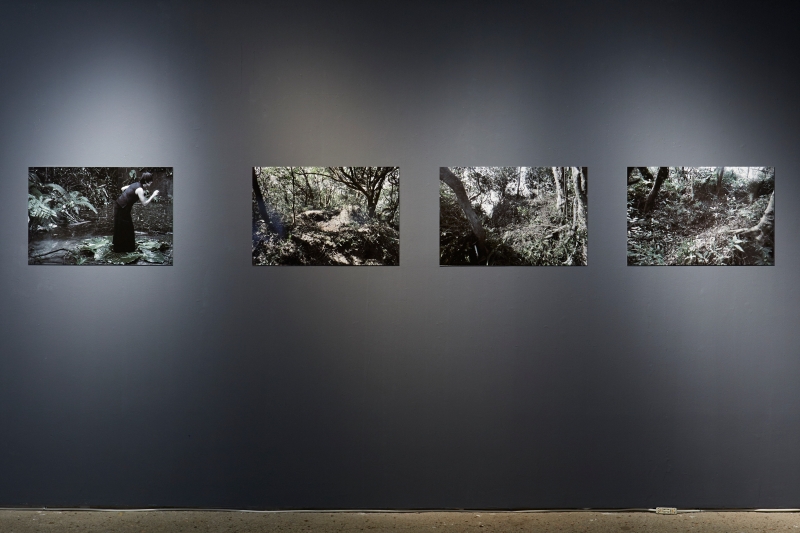
柯念璞策劃「旗幟、越境者與法外之地」(Flags, Transnational Migrants and Outlaw Territories)展覽受邀於日本東京Tokyo Wonder Site主辦「OPEN SITE」展出,作品展示
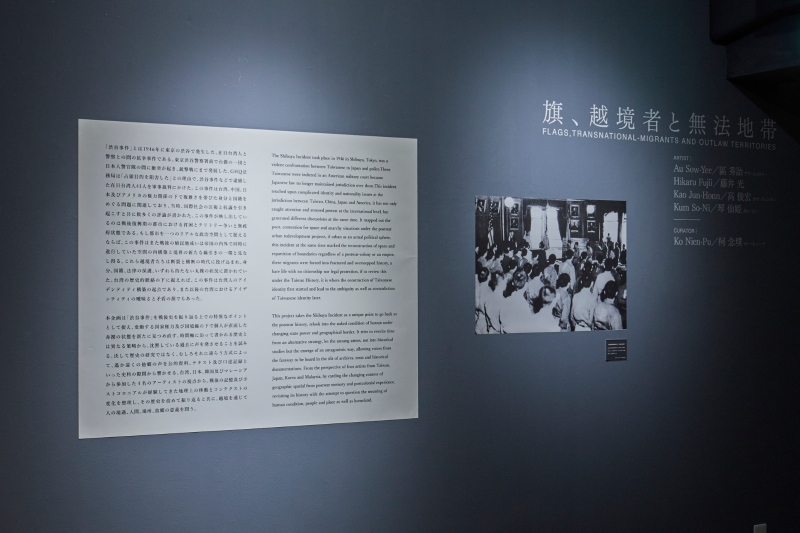
柯念璞策劃「旗幟、越境者與法外之地」(Flags, Transnational Migrants and Outlaw Territories)展覽受邀於日本東京Tokyo Wonder Site主辦「OPEN SITE」展出,作品展示
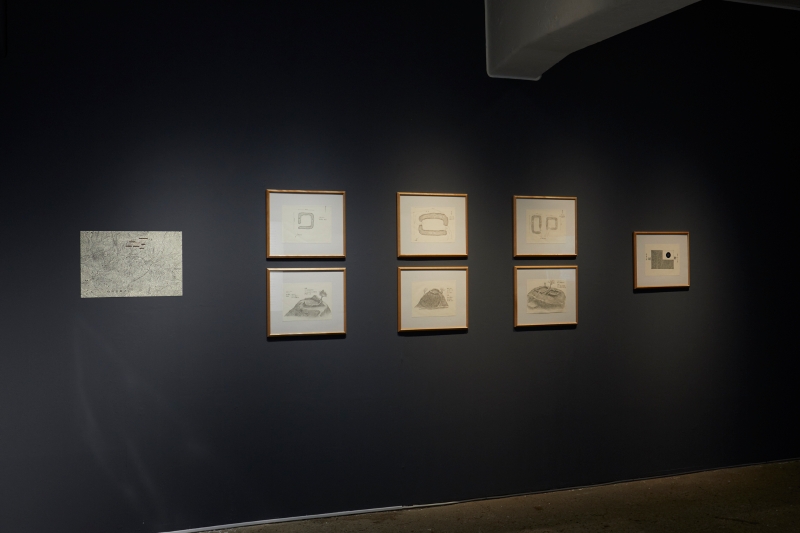
柯念璞策劃「旗幟、越境者與法外之地」(Flags, Transnational Migrants and Outlaw Territories)展覽受邀於日本東京Tokyo Wonder Site主辦「OPEN SITE」展出,作品展示
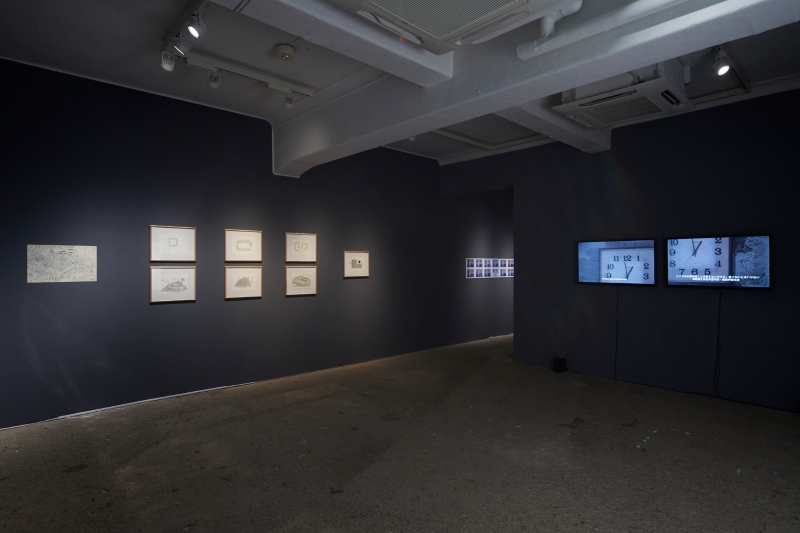
柯念璞策劃「旗幟、越境者與法外之地」(Flags, Transnational Migrants and Outlaw Territories)展覽受邀於日本東京Tokyo Wonder Site主辦「OPEN SITE」展出,作品展示
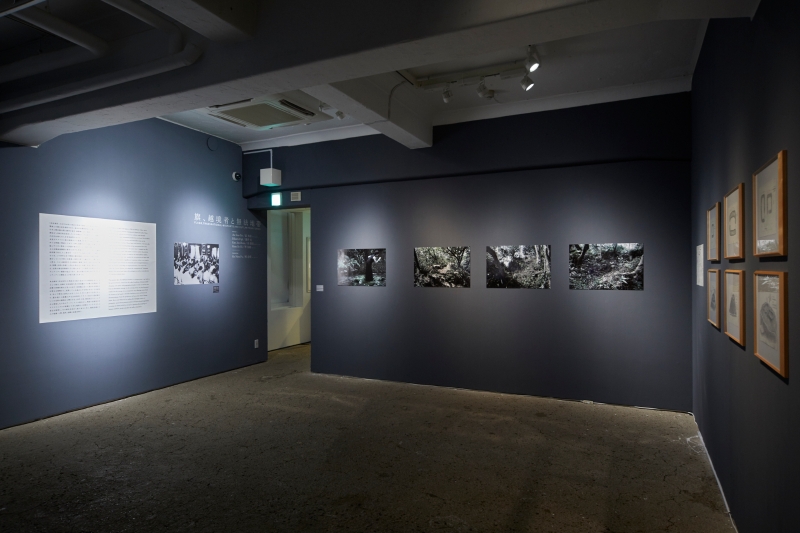
柯念璞策劃「旗幟、越境者與法外之地」(Flags, Transnational Migrants and Outlaw Territories)展覽受邀於日本東京Tokyo Wonder Site主辦「OPEN SITE」展出,作品展示

柯念璞策劃「旗幟、越境者與法外之地」(Flags, Transnational Migrants and Outlaw Territories)展覽受邀於日本東京Tokyo Wonder Site主辦「OPEN SITE」展出,作品展示
